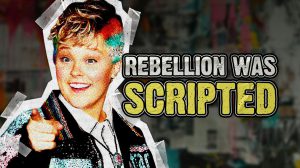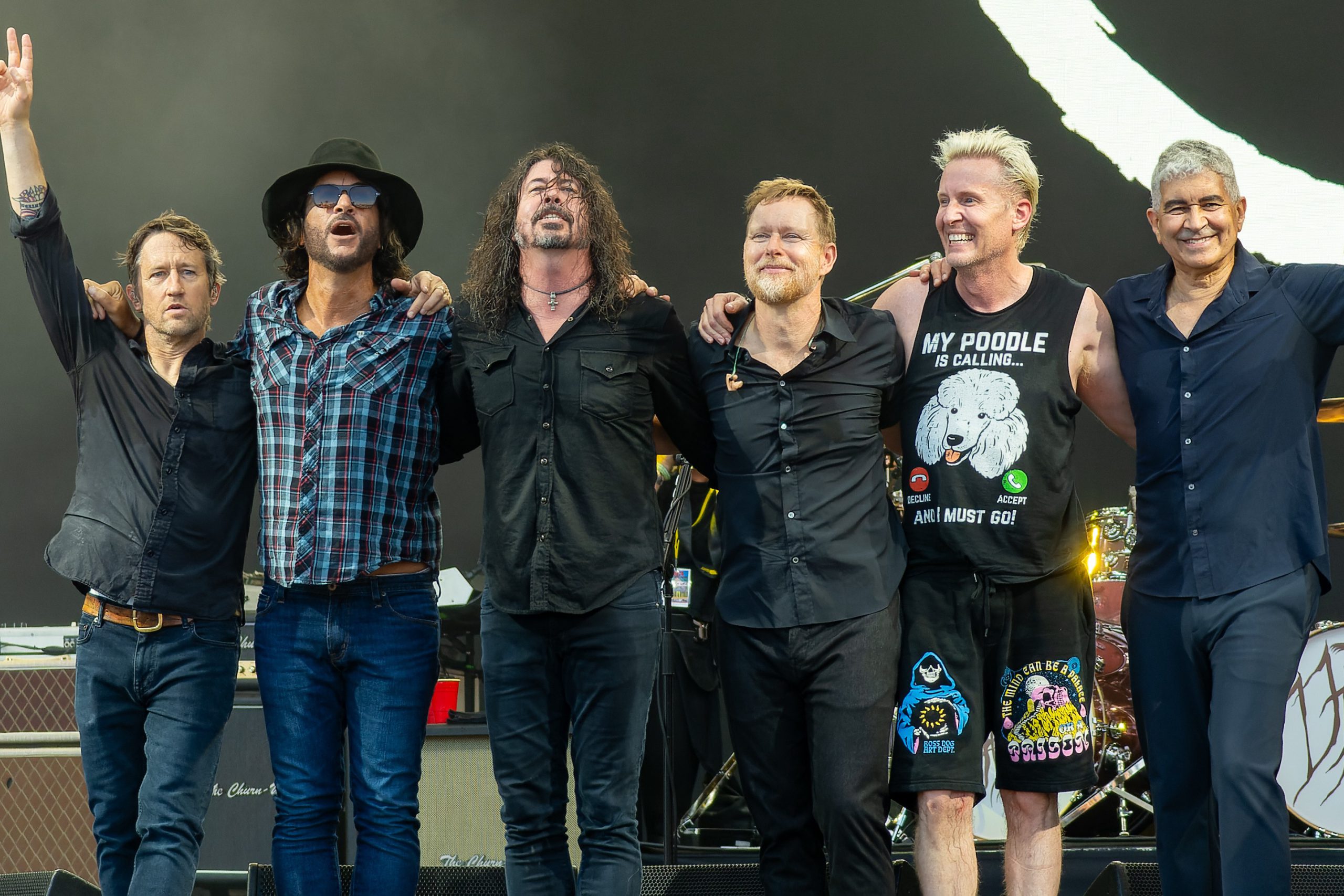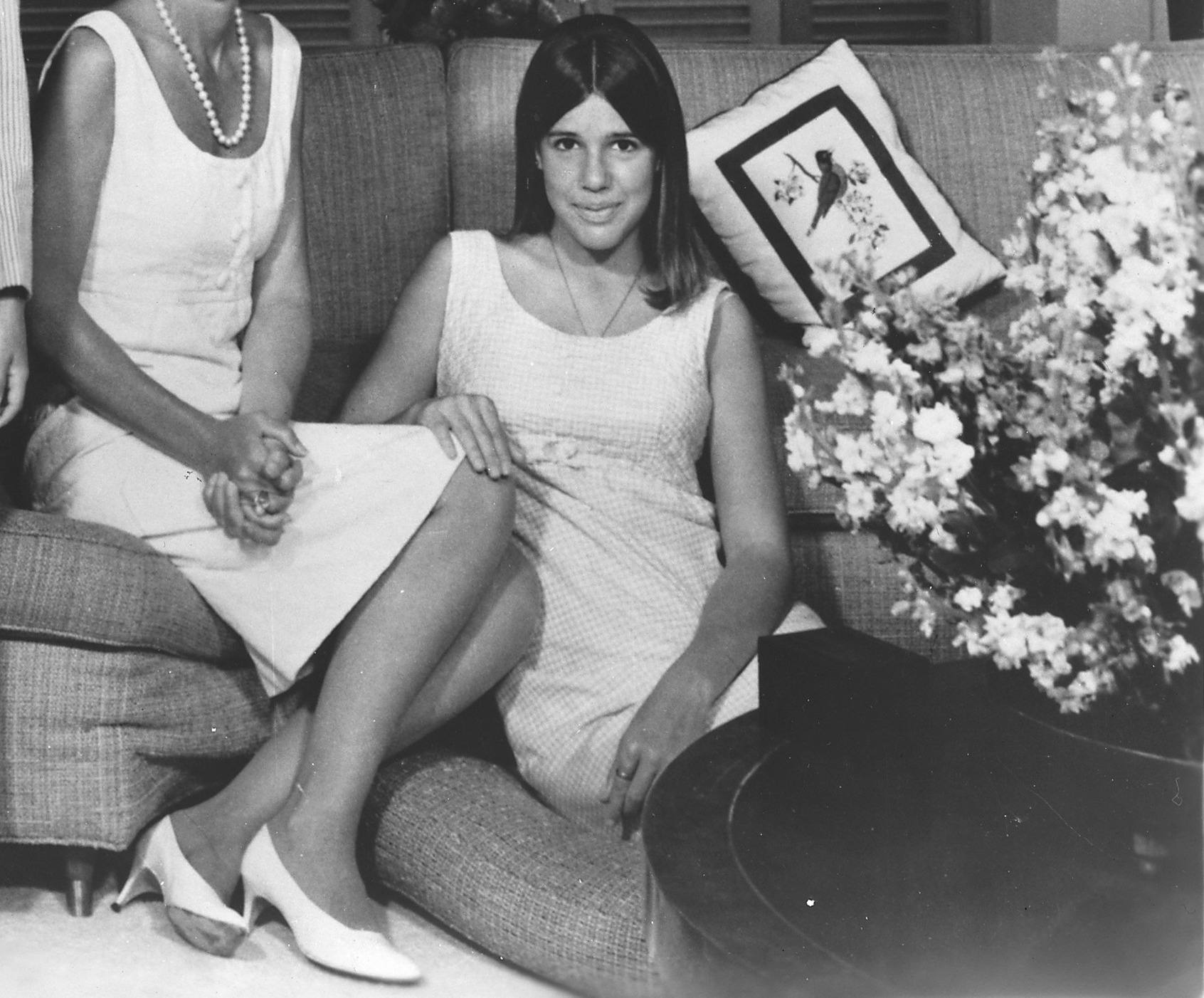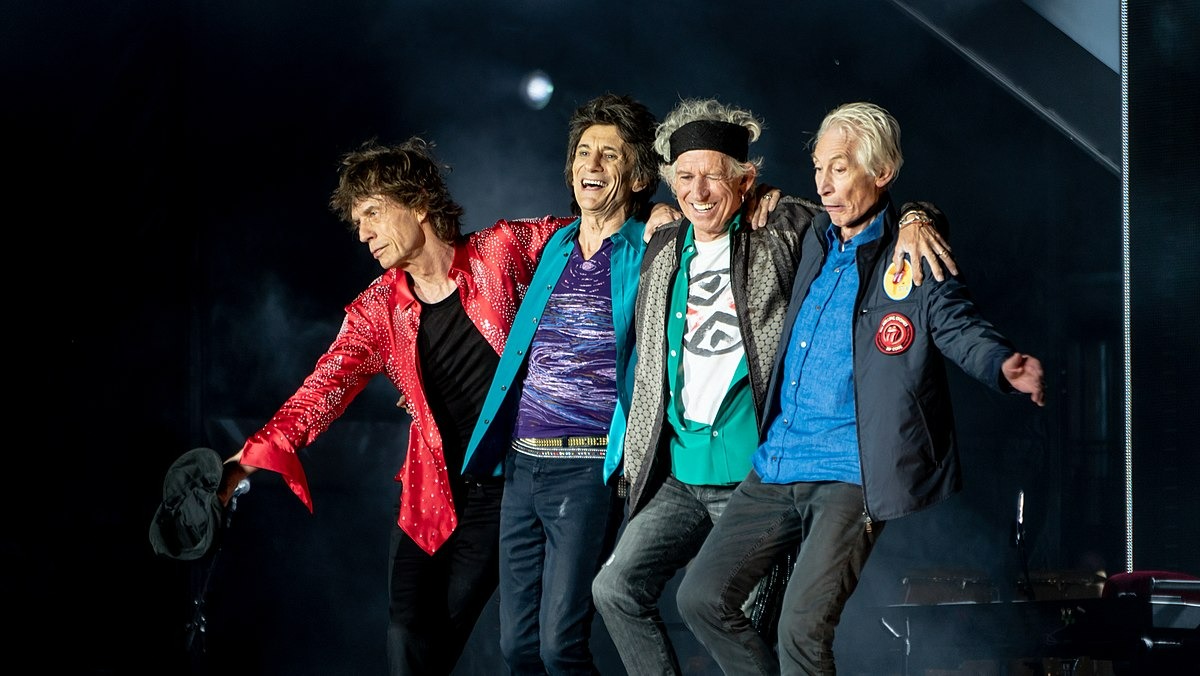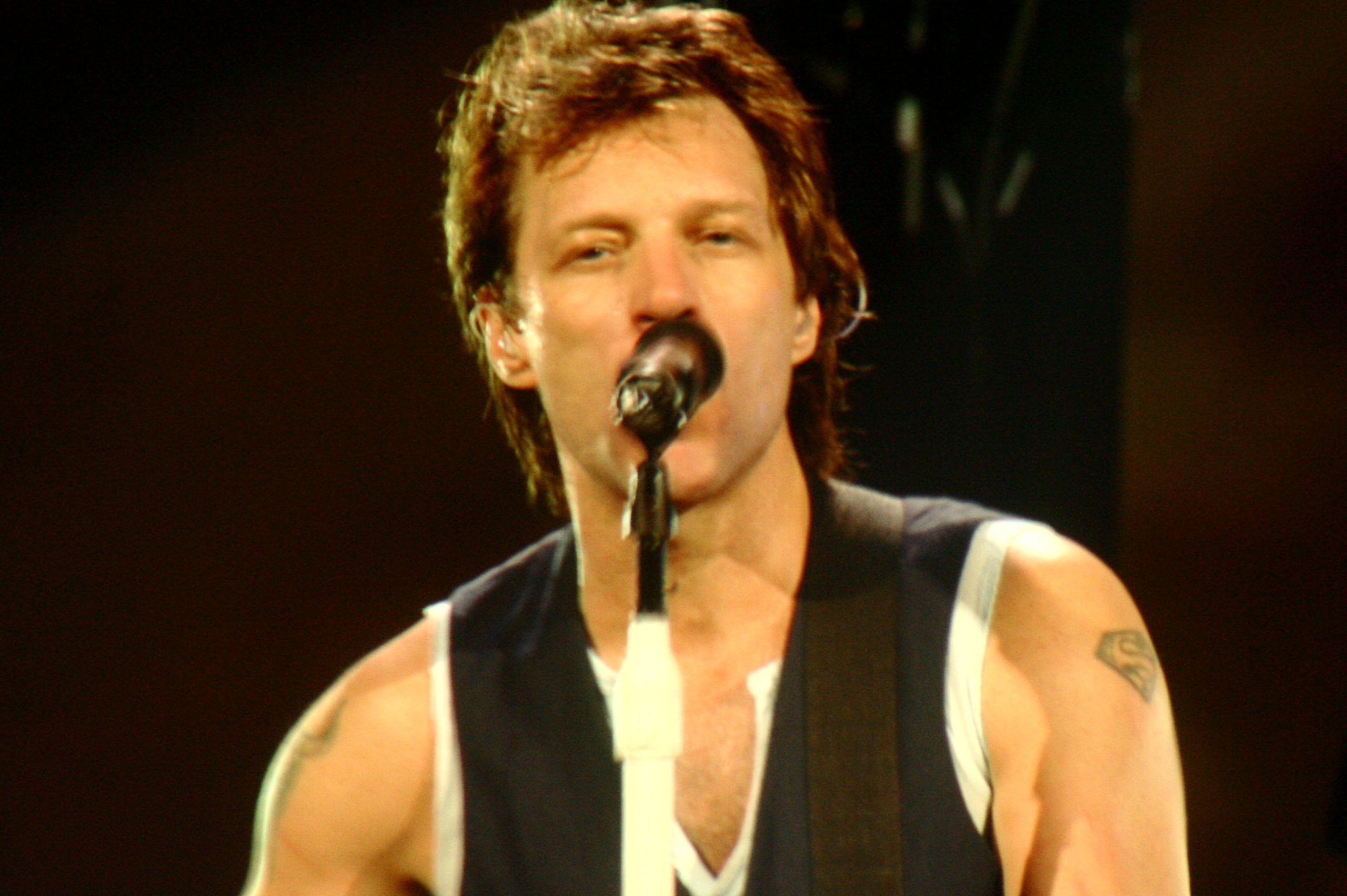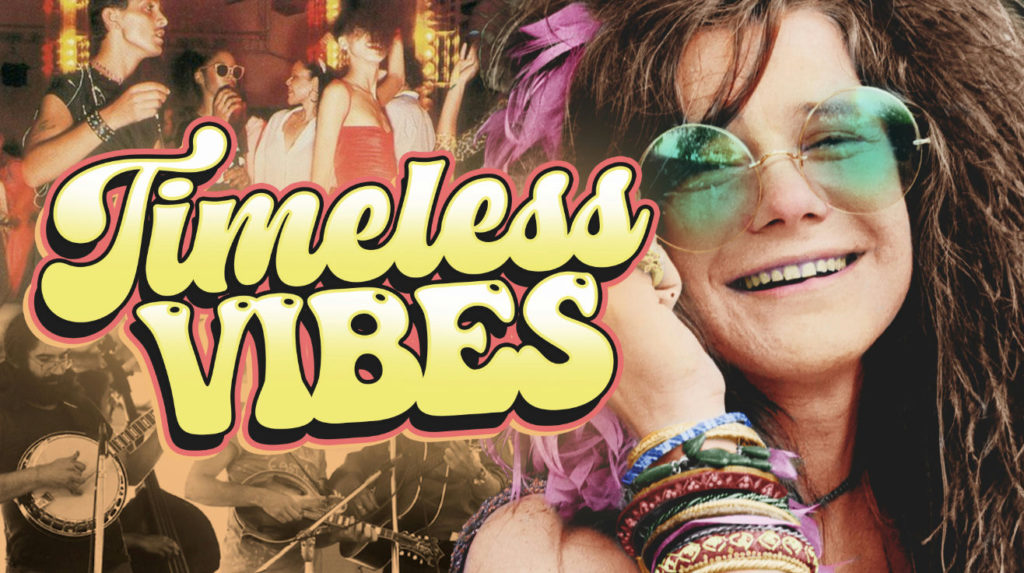
The 1970s—that magical decade when music either launched artists into the stratosphere or gave them a fleeting moment of fame before drop-kicking them into obscurity. These musical shooting stars—our beloved “one-hit wonders“—might have vanished faster than platform shoes at a punk concert, but their songs refuse to vacate our collective memory. Ready for a musical road trip that’ll make your Spotify algorithm question everything? Buckle up as we explore 39 forgotten gems that once had everyone from your mom to your mailman humming along.
39. I Never Promised You a Rose Garden – Lynn Anderson
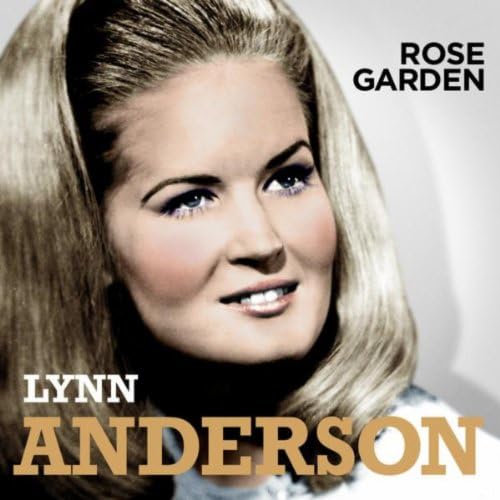
Country music fans (who know all about life’s thorns) couldn’t get enough of Lynn Anderson’s declaration of realistic expectations. Her cover bulldozed to number 1 in 1971, becoming the anthem for anyone who’s ever said “I told you so” with a sympathetic smile. Joe South’s lyrics about finding joy despite life’s prickly parts resonated during the Vietnam era (because nothing says “perspective” like a war). Anderson’s crystal-clear vocals sold the message with confidence, defining her pop legacy despite a decorated country career. The song remains a reminder that life’s garden comes complete with weeds, bugs, and the occasional snake—deal with it.
38. Dueling Banjos – Eric Weissberg and Steve Mandel
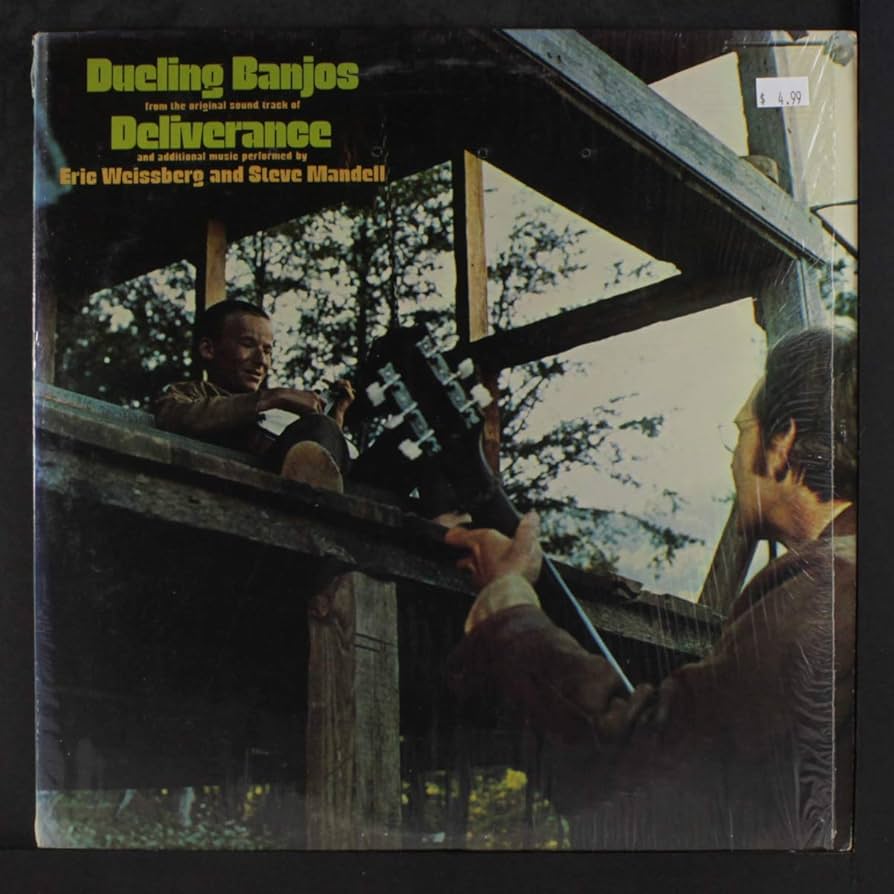
In the unlikely category of “songs that make you suddenly appreciate the banjo,” Weissberg and Mandel’s track twanged to number 2 in 1973. Originally composed by Arthur Smith, it gained immortality through “Deliverance”—making it the soundtrack to both river trips and nightmares since 1972. This instrumental face-off showcases technical wizardry that makes guitar heroes look lazy, building to a climax that’s either exhilarating or exhausting depending on your caffeine intake. The duo never charted again but created perhaps the only banjo composition that non-banjo enthusiasts can identify within three notes.
37. All Right Now – Free
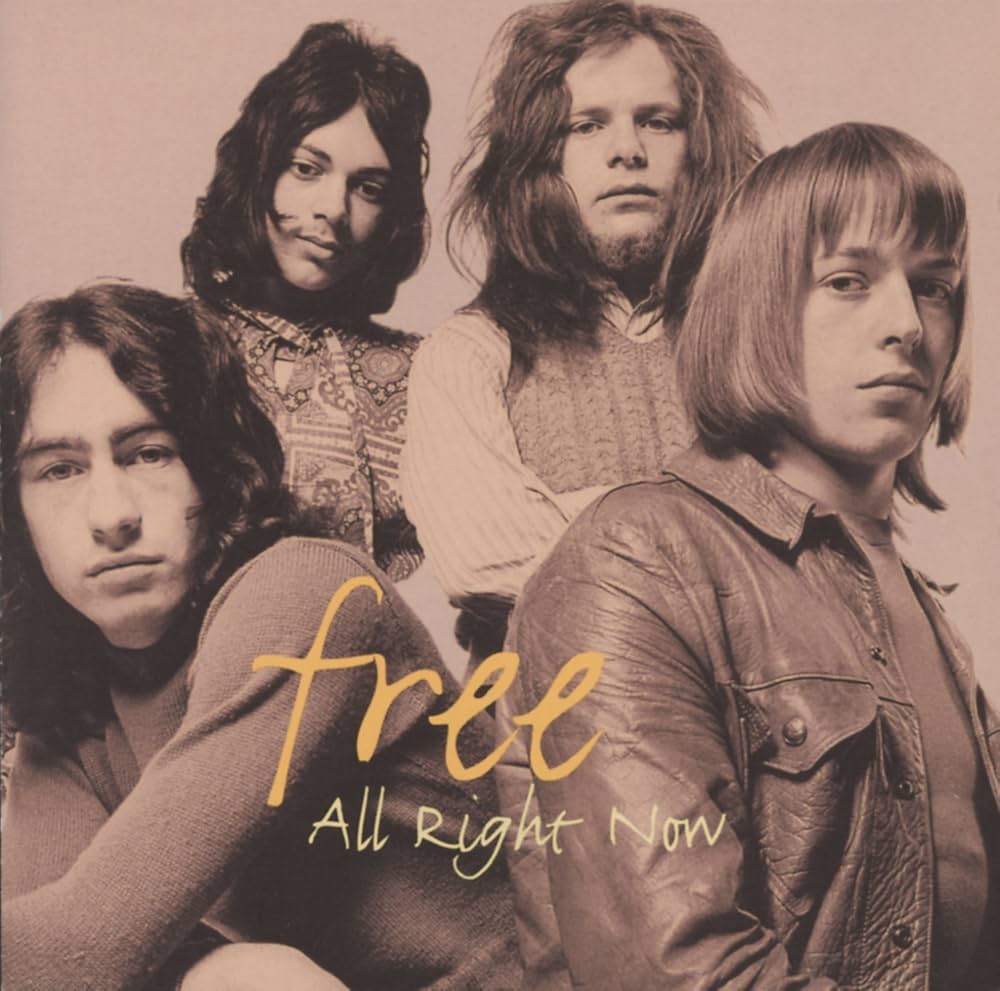
Nothing says “1970s rock anthem” like a song written in less time than it takes to microwave popcorn. Free’s “All Right Now” crashed to number 4 in 1970, conceived in a desperate ten-minute backstage scramble to energize their notoriously comatose audiences. The result? A guitar riff so instantly recognizable it practically introduces itself at parties, paired with a chorus that even your tone-deaf uncle can handle after a few beers. Though Free disbanded faster than most modern relationships, members later formed Bad Company, ensuring their musical DNA would continue infecting radio stations for decades to come.
36. Me and Bobby McGee – Janis Joplin
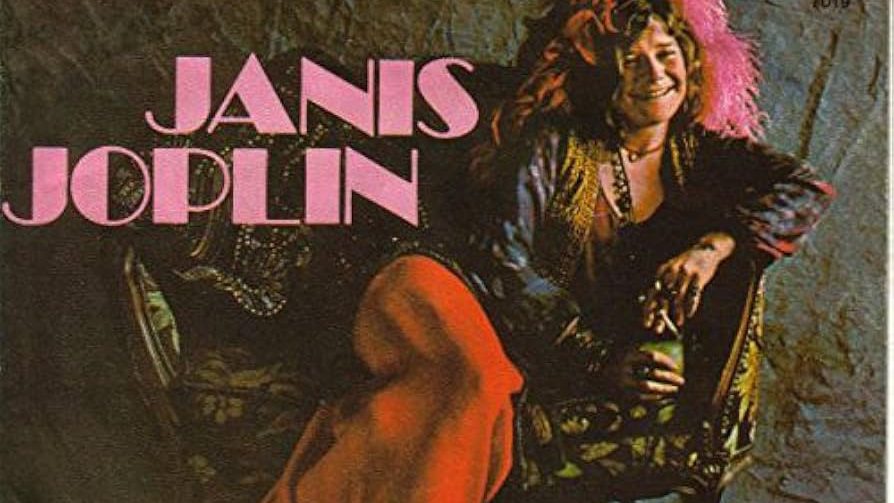
If raw emotion were currency, Janis Joplin would be Jeff Bezos. Her version of “Me and Bobby McGee” reached number 1 in March 1971, but Joplin never saw its success—she’d already checked out of Hotel Earth the previous October (in perhaps the most tragically on-brand career move possible for a blues singer). Kristofferson’s road-trip narrative became something else entirely in Joplin’s hands—a primal scream that somehow still works as a sing-along. This posthumous hit remains her only solo top-ten appearance, a final mic drop from an artist who lived her art so completely it eventually consumed her.
35. Come and Get Your Love – Redbone
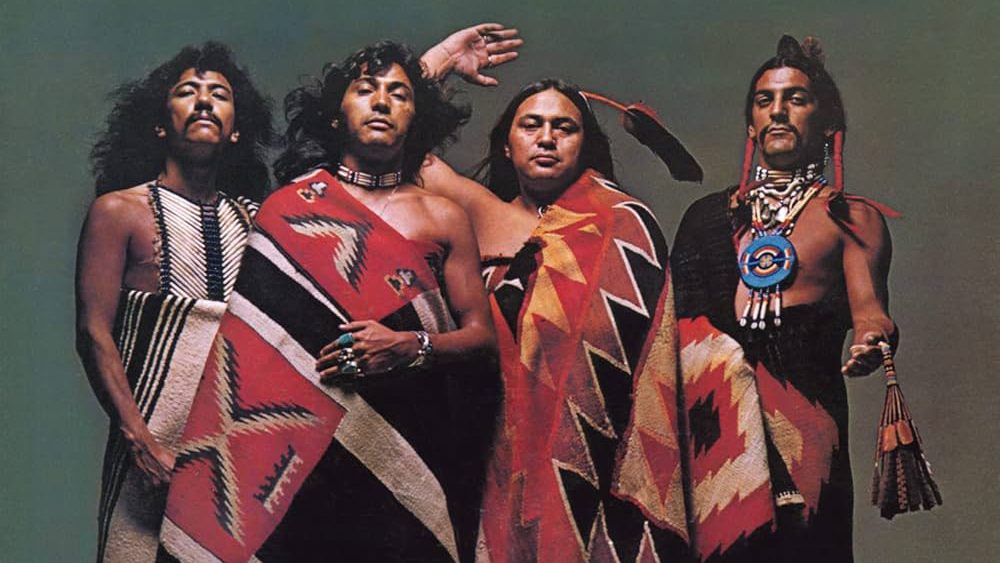
Some songs hibernate for decades before experiencing a bizarre second life—like that weird uncle who suddenly becomes cool at family reunions. Redbone’s track bounced to number 5 in 1974, with brothers Pat and Lolly Vegas creating something more infectious than whatever’s growing in your roommate’s forgotten tupperware. The Native American band crafted a feel-good vibe that seemed destined for obscurity until a certain space raccoon resurrected it in “Guardians of the Galaxy,” introducing it to a generation who thought the 70s were ancient history. Though they released several albums, this track remains their commercial pinnacle—proving sometimes all you need is a Marvel movie soundtrack to achieve immortality.
34. Don’t Let Me Be Misunderstood – Santa Esmeralda
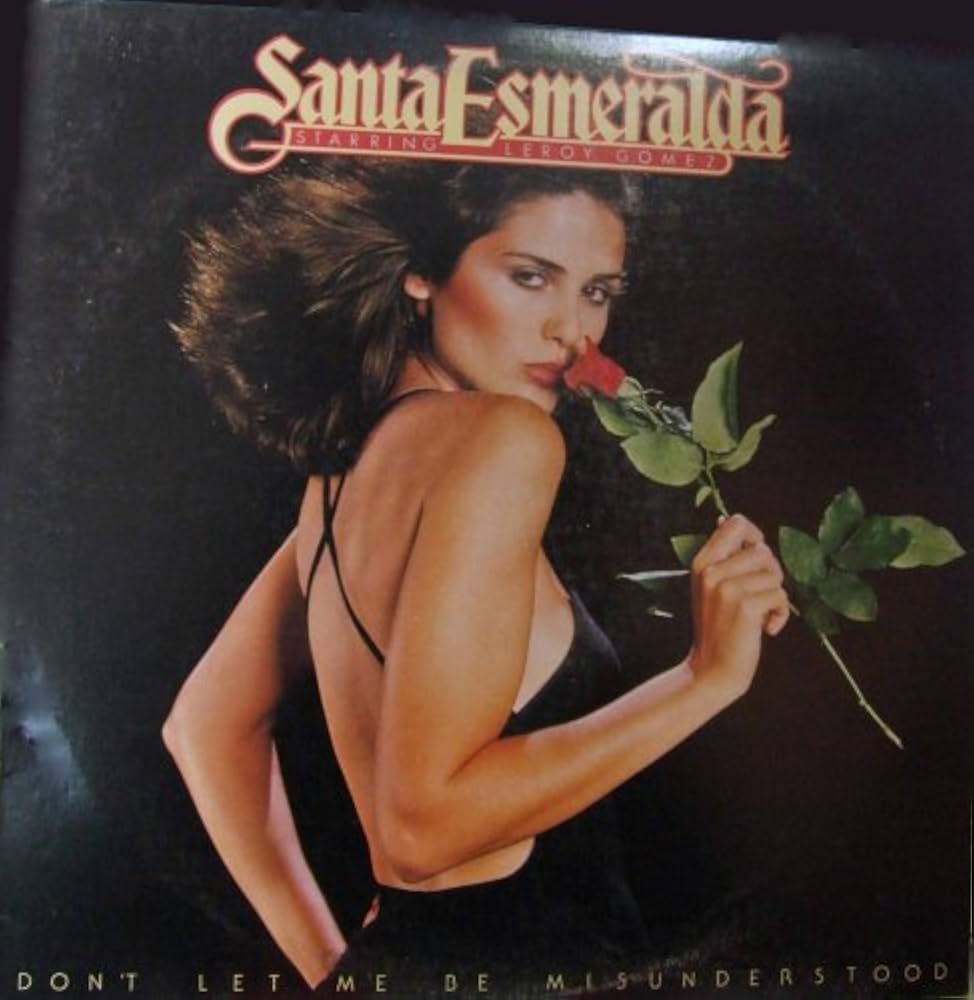
Looking for a dance track that lasts longer than some relationships? Santa Esmeralda’s marathon 16-minute version conquered disco charts in 1977, taking Nina Simone’s soulful original and transforming it into something that probably made Studio 54 regulars check their drinks. This flamenco-disco fever dream set dance floors ablaze with dramatic builds and enough percussion to wake neighbors three blocks over. The French group’s experiment gained renewed fame when Quentin Tarantino featured it in “Kill Bill,” ensuring this musical Frankenstein’s monster would continue stomping through playlists for decades.
33. Kung Fu Fighting – Carl Douglas
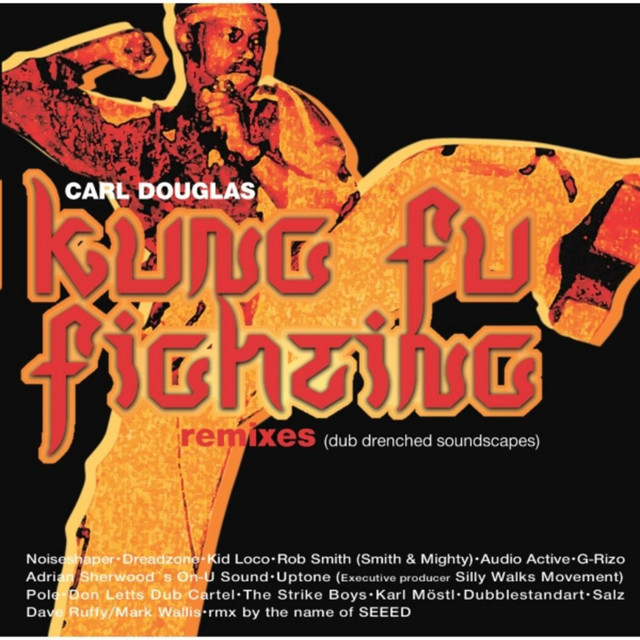
In the pantheon of songs created with less forethought than ordering lunch, Carl Douglas’s “Kung Fu Fighting” roundhouse-kicked to number 1 in 1974. Producer Biddu and Douglas allegedly knocked this cultural phenomenon out in ten minutes as a B-side (either impressive efficiency or criminal negligence, depending on your perspective). Riding the martial arts craze like Bruce Lee on a rocket, its catchy chorus and distinctive “hunh!” sounds sold over 11 million copies worldwide. While Douglas attempted follow-ups like “Dance the Kung Fu” (points for consistency, if not creativity), lightning refused to strike twice. The song remains pop culture’s go-to martial arts reference, earning black belt status in the Novelty Song Hall of Fame.
32. Emotion – Samantha Sang
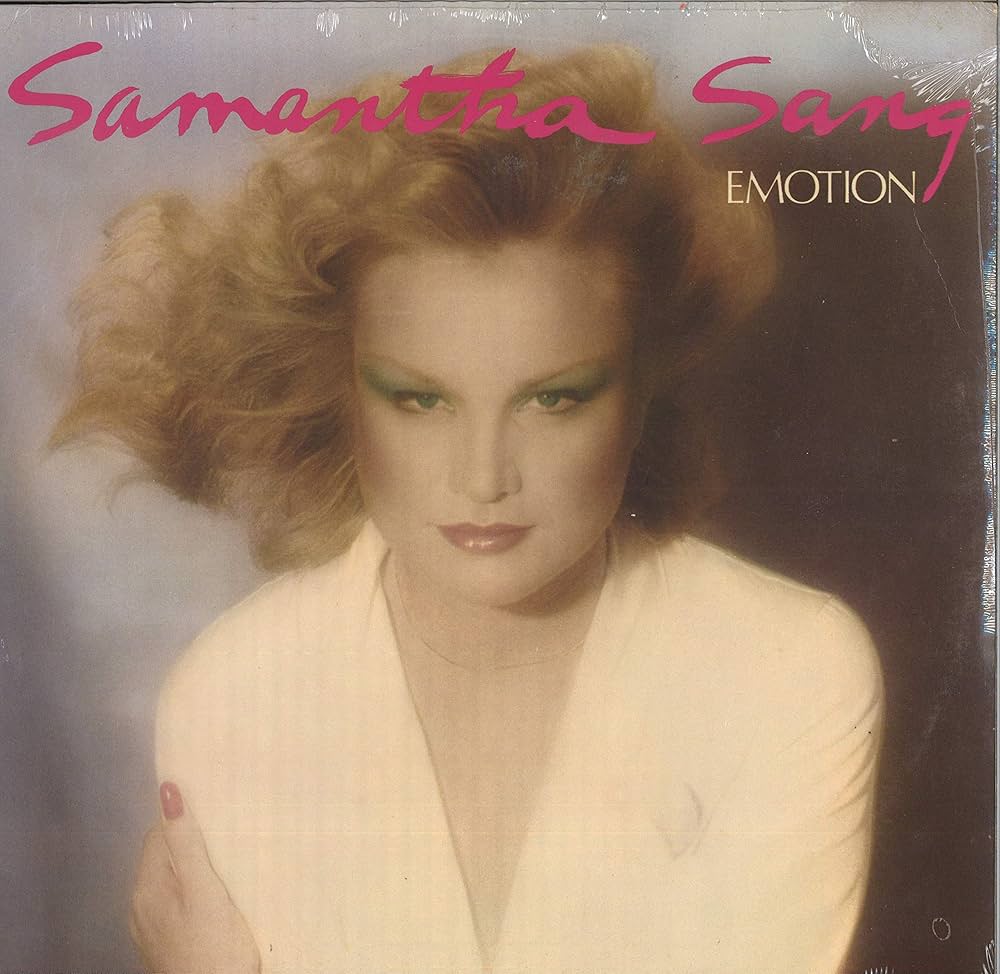
In the competitive arena of heartbreak ballads, Samantha Sang’s “Emotion” fought to number 3 in 1978. This Australian songbird delivered crystalline vocals against a lushly produced backdrop while Barry Gibb provided those unmistakable high-pitched background vocals that either enhance the experience or make dogs howl—sometimes both simultaneously. While it brought Sang international recognition faster than an embarrassing viral video, her follow-up releases disappeared quicker than free food at an office party. The Bee Gees later recorded their own version, but Sang’s remains the definitive edition of this emotional powerhouse.
31. Escape (The Pi̱a Colada Song) РRupert Holmes
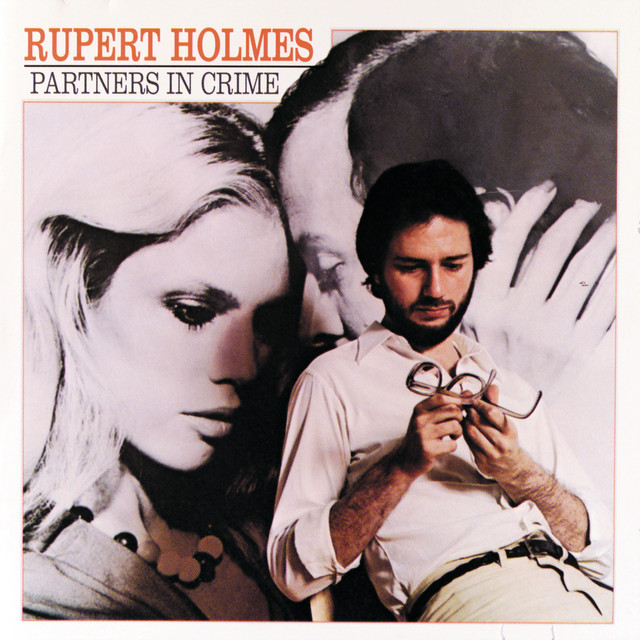
Nothing says “healthy relationship” quite like discovering your partner through personal ads—at least according to Rupert Holmes, whose “Escape” became December 1979’s number 1 hit. This musical rom-com features the most accidentally successful couples therapy session in history, as two bored partners unwittingly try to cheat on each other only to discover they’re perfect for each other after all (a plot twist M. Night Shyamalan would approve). With tropical drinks, yoga references, and getting caught in the rain (without health insurance!), the song served as the perfect transition from disco’s extravagance to the story-songs of the 80s. Though Holmes enjoyed success as a playwright and composer, this narrative cocktail remains his signature achievement.
30. Funkytown – Lipps Inc.
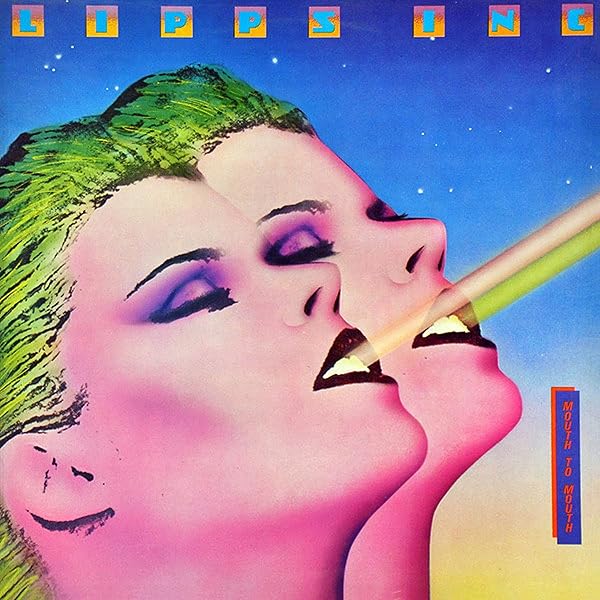
Before people fled to cities for crushing student debt and overpriced coffee, they apparently moved for the funk. Minneapolis-based Lipps Inc.’s “Funkytown” moonwalked to number 1 in 1980, proving even Midwesterners can create disco anthems when properly motivated. Producer Steven Greenberg created a track so futuristic it practically came with its own jetpack, featuring synthesizers and vocoder effects that made it sound like robots had discovered Studio 54. This infectious ode to urban migration bridged disco’s glittery excess with the electronic precision about to dominate 80s dance floors. Though the studio group never repeated this success, “Funkytown” continues appearing at wedding receptions where at least one relative will attempt dangerous dance moves after too many cocktails.
29. I Can Help – Billy Swan
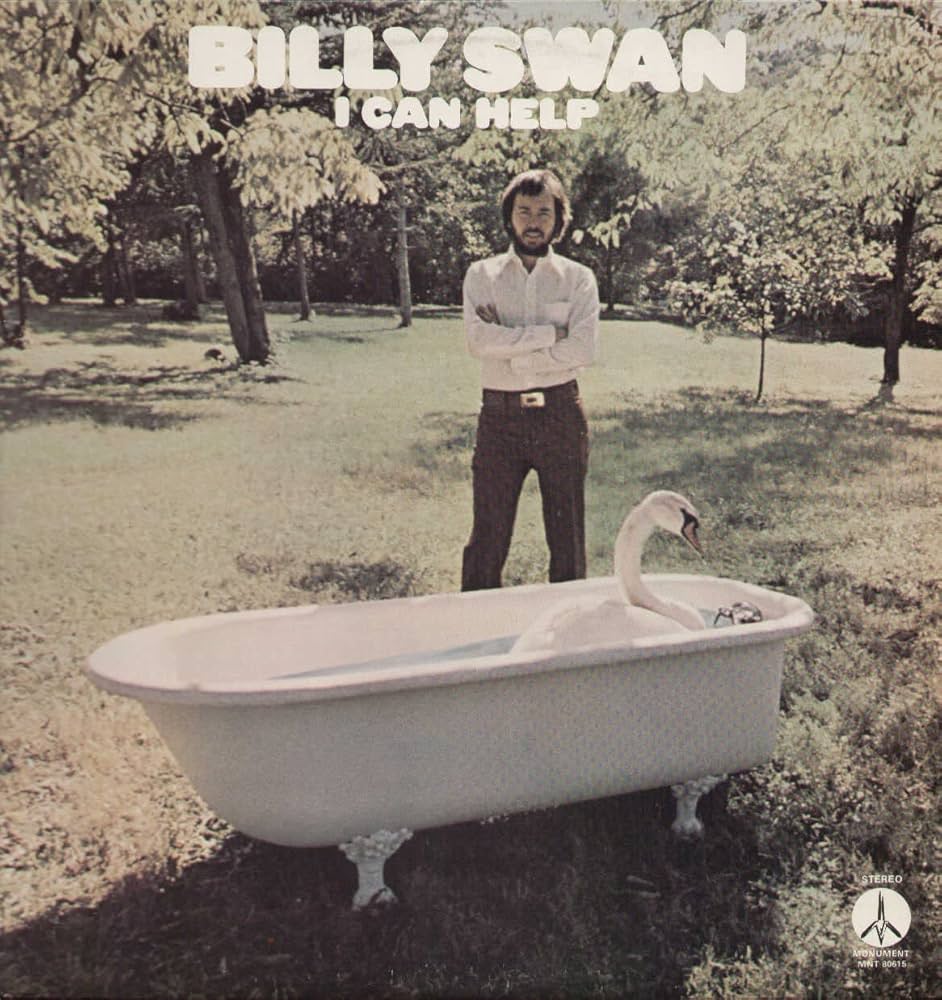
In an era when rock stars competed to see who could be more complicated, Billy Swan burst onto the scene with the refreshingly straightforward offer of… actual assistance. His “I Can Help” topped charts in 1974 with sincerity that makes cynics break out in hives. Recorded in just two takes, the song’s warm vocals and vintage organ sound created a rockabilly-country fusion that appealed to everyone from your trucker uncle to your hippie cousin. Though Swan continued working behind the scenes in Nashville, none of his subsequent releases matched this height—possibly because he’d already solved everyone’s problems with a single song. The unpretentious charm continues resonating in a world that’s somehow become even more complicated than the polyester-clad 1970s.
28. In the Summertime – Mungo Jerry

Some songs arrive with the subtlety of a sunburn. Mungo Jerry’s “In the Summertime” blazed to number 3 in America in 1970, written by frontman Ray Dorset in approximately the time it takes to apply sunscreen. This seasonal anthem incorporated jug-band elements like washboard and kazoo—instruments usually reserved for people who’ve run out of actual instruments. Though Mungo Jerry enjoyed several UK hits, American audiences only embraced this summery smash, possibly because it perfectly captures that fleeting energy that exists somewhere between “delightfully carefree” and “potentially irresponsible.” Its perennial reappearance each summer proves some seasonal traditions are more welcome than mosquitoes and sunburn.
27. Indiana Wants Me – R. Dean Taylor
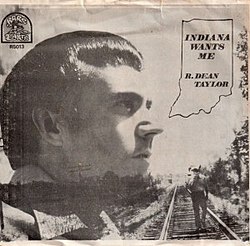
Long before true crime podcasts made romanticizing criminals a mainstream hobby, R. Dean Taylor’s “Indiana Wants Me” sprinted to number 5 in 1970. This Canadian-born Motown songwriter crafted the ultimate fugitive anthem, complete with police sirens so realistic they probably made nervous listeners check their rearview mirrors. The dramatic tale of a man on the run after defending his lady’s honor (through murder, which seems slightly disproportionate) created cinema for the ears decades before audiobooks. Though Taylor wrote massive hits for others, including “Love Child” for the Supremes, this remained his only solo American success—proving the public prefers their murder ballads to be one-offs rather than a concerning pattern.
26. Joy – Apollo 100
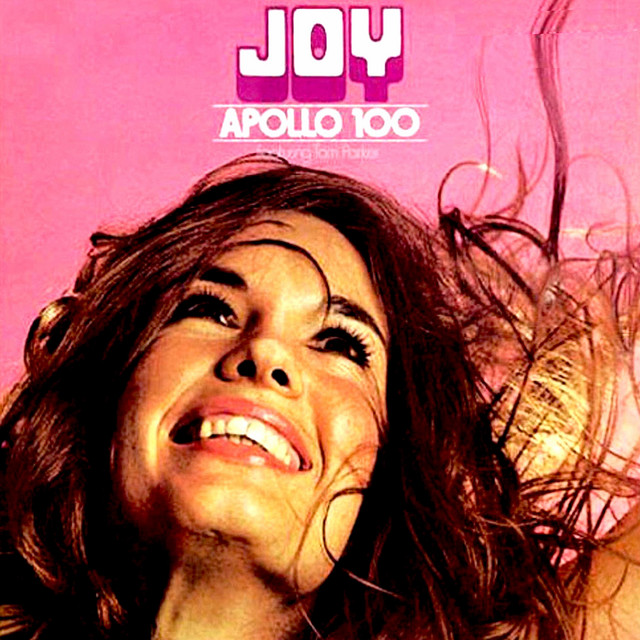
Classical music and rock existed in separate universes until British musician Tom Parker decided they needed an awkward introduction. Apollo 100’s adaptation of Bach’s “Jesu, Joy of Man’s Desiring” bounced to number 6 in 1972. Parker’s arrangement added electric guitar and driving drums to Bach’s masterpiece, creating a bridge between musical worlds with all the subtlety of someone wearing a tuxedo to a pool party. This unexpected crossover introduced classical melodies to rock audiences who might otherwise have assumed Bach was something you did to your knees during sports. Though Apollo 100 released other classical-rock fusions, none captured the public’s imagination like “Joy,” which continues appearing in commercials whenever advertisers need to convey both sophistication and the ability to party.
25. Junk Food Junkie – Larry Groce
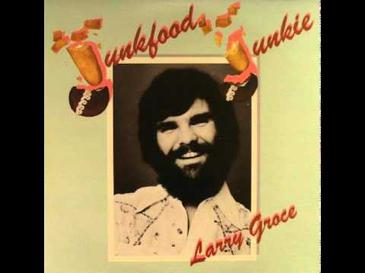
Years before social media allowed people to publicly shame others for dietary choices, Larry Groce’s “Junk Food Junkie” munched to number 9 in 1976. This novelty song skewered the ultimate health food hypocrite—someone who preaches organic virtue by day while conducting midnight raids on processed food by night. Released during America’s growing natural foods movement, the track resonated with listeners who recognized their own contradictory habits with an uncomfortable chuckle. Though Groce never again cracked the Top 40, he found a comfortable home hosting NPR’s “Mountain Stage”—a career significantly more sustainable than novelty song stardom. This time capsule of 1970s trends reminds us that no matter how much health food evolution occurs, Twinkies will always have their secret admirers.
24. 5-10-15-20 (25-30 Years of Love) – The Presidents
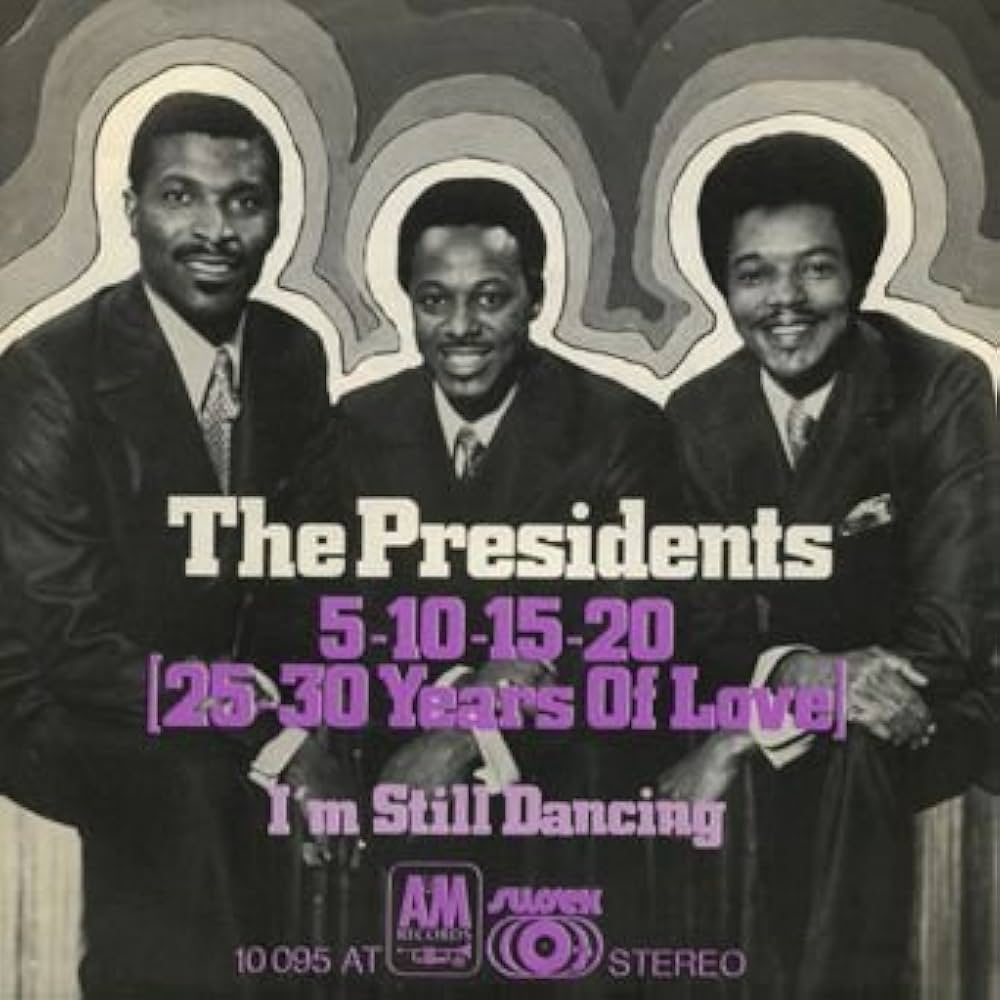
While modern pop stars can barely commit to finishing albums, The Presidents’ “5-10-15-20” celebrated multi-decade relationships when it reached number 11 in 1970. This Washington DC trio created a mathematical progression of romantic dedication that made marriage sound like both an achievement and an adventure—quite the feat in the era of free love. With lush orchestration and harmonies smoother than a 1970s pickup line, the ballad painted commitment as something aspirational rather than terrifying. Though national fame proved fleeting, this soulful declaration remains beloved on oldies formats, its warm delivery serving as soundtrack for couples who’ve weathered more storms together than a weather reporter in hurricane season.
23. Ma Belle Amie – Tee Set
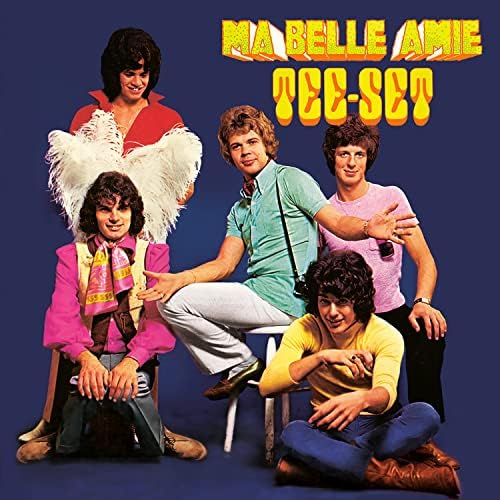
Nothing says “international sophistication” quite like randomly inserting French phrases into pop songs. Dutch band Tee Set proved this when “Ma Belle Amie” climbed to number 5 in 1970, bringing European sunshine pop to American audiences who probably couldn’t point to the Netherlands on a map. Led by Peter Tetteroo, the group created a breezy chorus that worked its way into the American psyche despite the linguistic barrier—nothing sounds more profound than lyrics you don’t actually understand. Though they continued enjoying European success with hits like the subtly-titled “She Likes Weeds,” this remained their only American triumph, demonstrating how musical borders were sometimes more difficult to cross than geographical ones.
22. Magic – Pilot
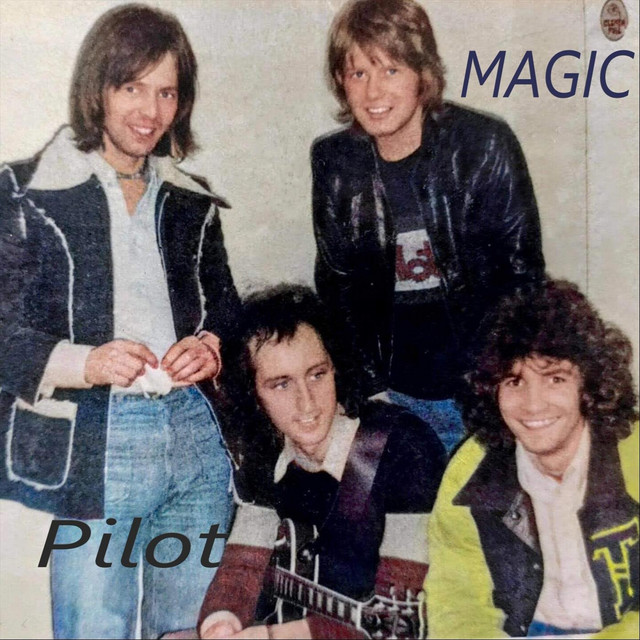
The wizardry of creating a genuinely catchy pop song is rarer than people think, but Scottish band Pilot conjured “Magic” to number 5 in 1975. Featuring future 10cc member Kevin Godley, the group delivered an upbeat piano-driven earworm that implanted itself in listeners’ brains with the tenacity of a squatter claiming adverse possession. Though Pilot scored other UK hits, including “January” (apparently they enjoyed naming songs after concepts everyone was already familiar with), American audiences primarily remember them for this single track. The song continues working its particular sorcery through appearances in commercials, its optimistic message proving that real magic exists in perfectly constructed pop songs that refuse to age.
21. Americans – Byron MacGregor
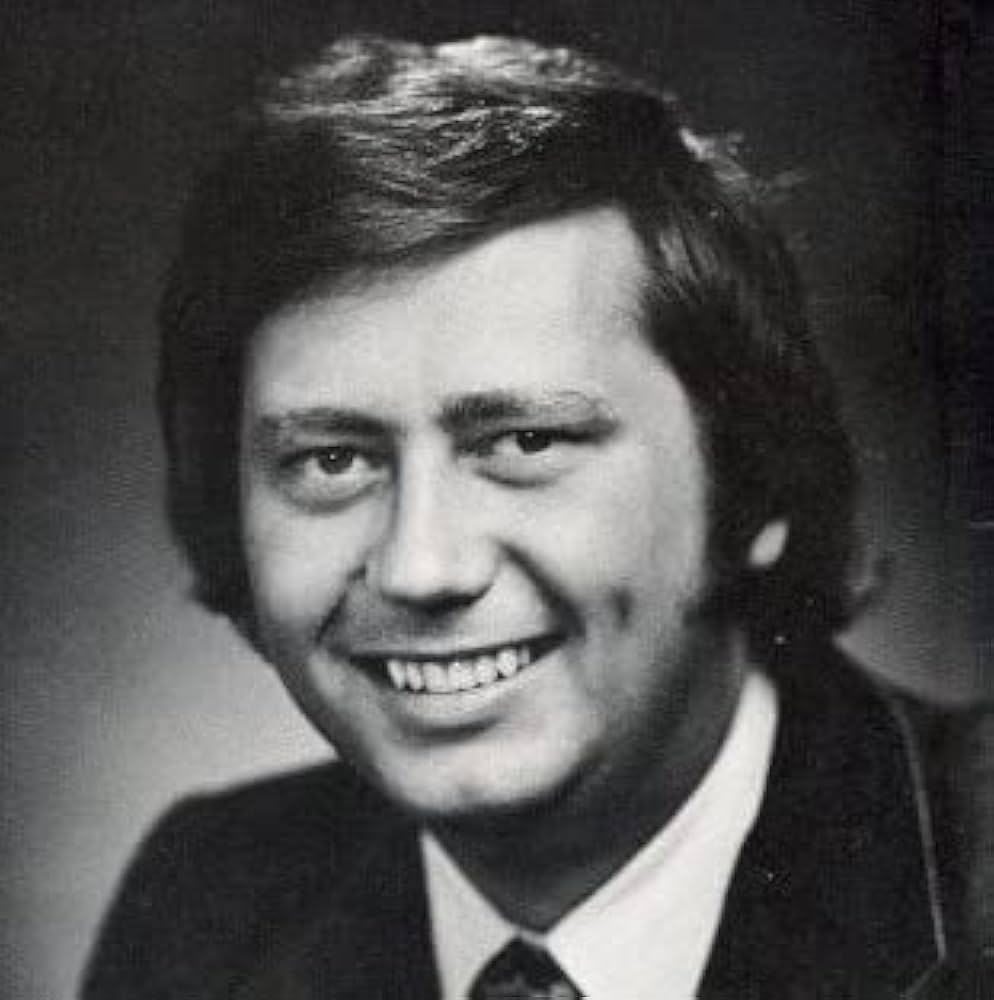
Nothing sells like patriotism during a national identity crisis. Canadian radio journalist Byron MacGregor proved this when his spoken-word recording “Americans” soared to number 4 in 1974. Based on an editorial by fellow Canadian Gordon Sinclair, this unabashed love letter to American resilience arrived when national self-esteem was hitting rock bottom—somewhere between Watergate and Vietnam’s conclusion. In a classy move that supported his message, MacGregor donated his royalties to the American Red Cross, raising over $200,000 (proving Canadians really are that nice). Though he remained better known for his broadcasting career, this unexpected hit preserved his voice for posterity, reminding listeners that sometimes the most objective admirers are viewing you from just across the border.
20. Montego Bay – Bobby Bloom
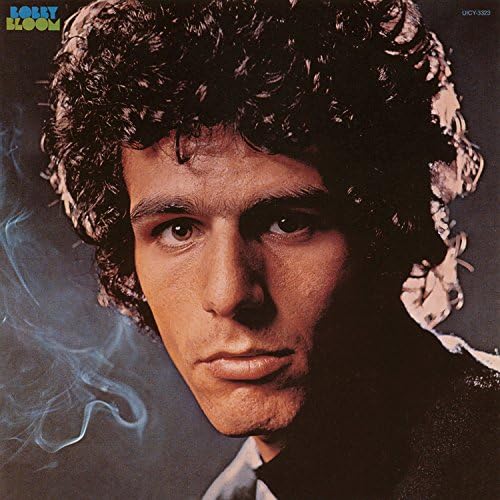
Creating a mental vacation through music might be the most cost-effective travel hack ever invented. Bobby Bloom’s “Montego Bay” sailed to number 8 in 1970, offering Americans a Caribbean getaway for the price of a 45 rpm single. Co-written with Jeff Barry, this early reggae-pop fusion arrived years before reggae became mainstream in America, making Bloom a musical Christopher Columbus minus the problematic colonization. The track’s steel drums and island rhythms essentially invented the “tropical vacation” playlist genre that now dominates destination weddings and themed restaurants. Though Bloom’s promising career was tragically cut short by his accidental death in 1974, this joyous legacy continues bringing sunshine to listeners experiencing weather that’s more “endless winter” than “island paradise.”
19. My Sharona – The Knack
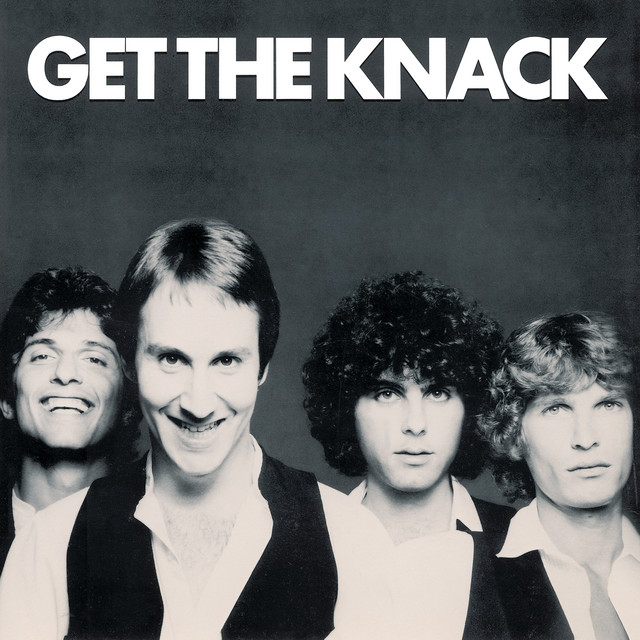
Sometimes infatuation creates art, sometimes restraining orders. Luckily for The Knack, guitarist Doug Fieger channeled his obsession with real-life Sharona Alperin into a number 1 hit that dominated 1979 for six straight weeks. Its distinctive guitar riff established a rock foothold during disco’s rhinestone reign, offering relief to listeners suffering from Saturday Night Fever fatigue. The band struggled with the one-hit wonder label despite follow-up success with “Good Girls Don’t,” much like someone who wins the lottery but still wants credit for their day job. The song’s resurgence in “Reality Bites” introduced it to Generation X, who immediately claimed it despite being too young for its original release, proving that sometimes the most direct route to immortality is writing about your crush using metaphors just barely acceptable for radio play.
18. Babe, What Would You Say? – Hurricane Smith
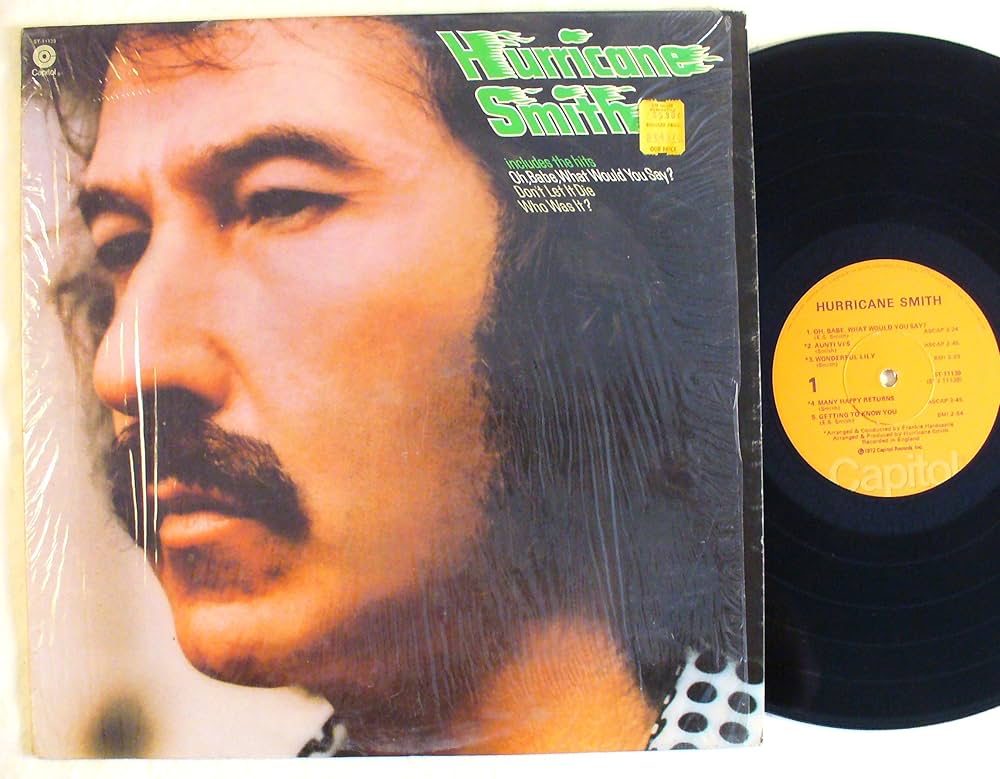
In a musical era dominated by rebellious youth, 49-year-old Hurricane Smith crashed the party like someone’s cool uncle. His “Oh Babe, What Would You Say?” charmed its way to number 3 in 1973, delivering whimsical romance with a voice that sounded like it had seen some things. The former Beatles engineer and Pink Floyd producer decided it was his turn in front of the microphone, creating a warm atmosphere that felt like stepping into a time machine set for the 1940s. The track’s old-fashioned big band arrangement stood out during the rock era like formal wear at a beach party. Though Smith returned to production work without producing another hit, this charming anomaly remains beloved by those who appreciate its unashamedly romantic sentiment and proof that sometimes second acts arrive when least expected.
17. O-o-h Child – Five Stairsteps
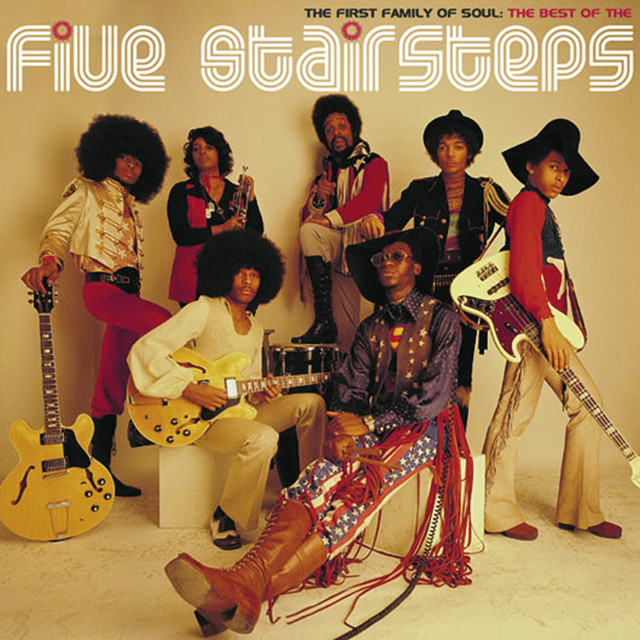
If musical optimism could solve problems, Five Stairsteps’ “O-o-h Child” would have fixed everything when it reached number 8 in 1970. The Chicago family group created an anthem of hope with promises that “things are gonna get easier” that felt less like wishful thinking and more like a spiritual guarantee. Their smooth harmonies offered comfort during a period when American history seemed determined to prove them wrong at every turn. While the group continued recording (including a disco-era reinvention as “The Invisible Man’s Band” that sounds like a superhero having a midlife crisis), this remains their signature contribution. Its enduring resonance has led to appearances in numerous films and sampling in 2Pac’s “Keep Ya Head Up,” demonstrating how its simple message continues providing solace to generations still waiting for those “brighter days.”
16. Pop Muzik – M
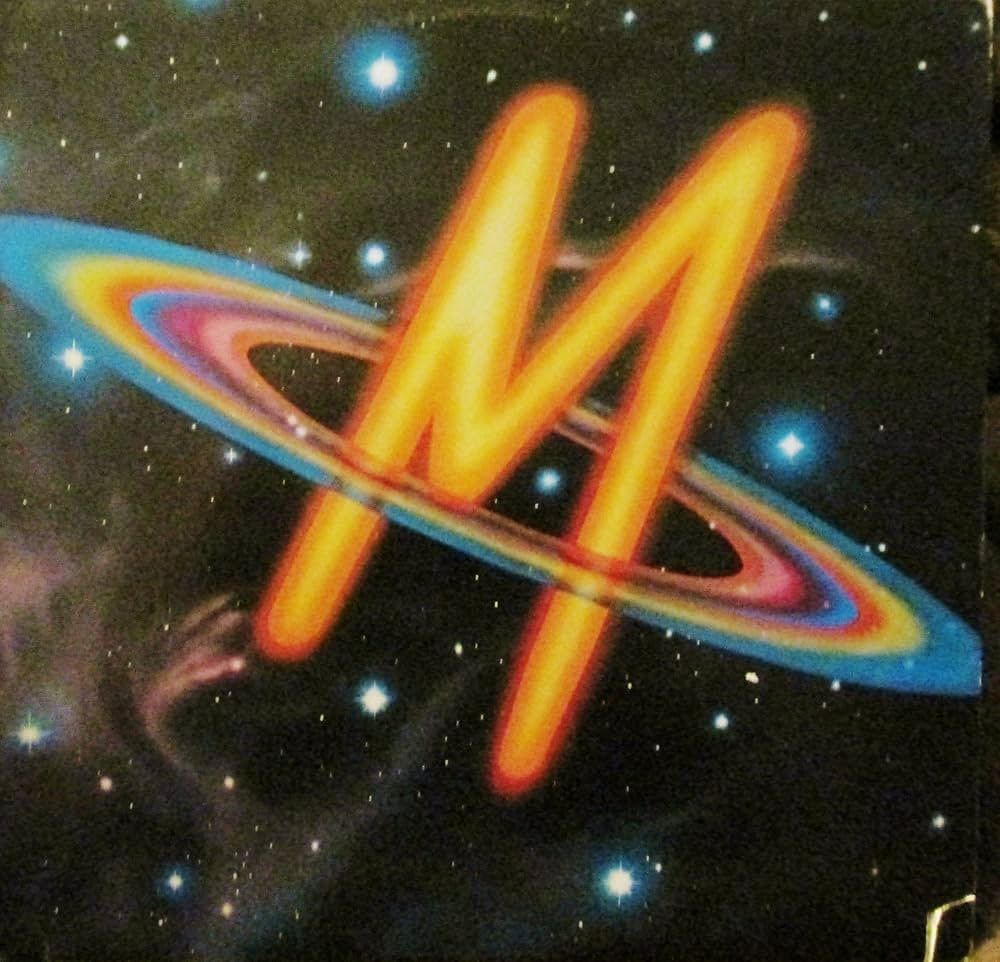
Before there was meta-commentary on everything, British musician Robin Scott created “Pop Muzik,” a song about pop music that somehow reached number 1 in 1979. This New Wave track served as both celebration and satire of commercialized music—the musical equivalent of both having your cake and critiquing industrial food production. Its futuristic production and earworm refrain made it a global dance floor favorite, while its innovative use of synthesizers helped bridge disco’s sequined excess with emerging electronic movements. Though Scott released several albums as M (apparently full names were too mainstream for his artistic vision), this cleverly self-aware single remains his defining contribution, influencing countless electronic artists who similarly can’t decide if they’re embracing or mocking commercial music.
15. Precious and Few – Climax
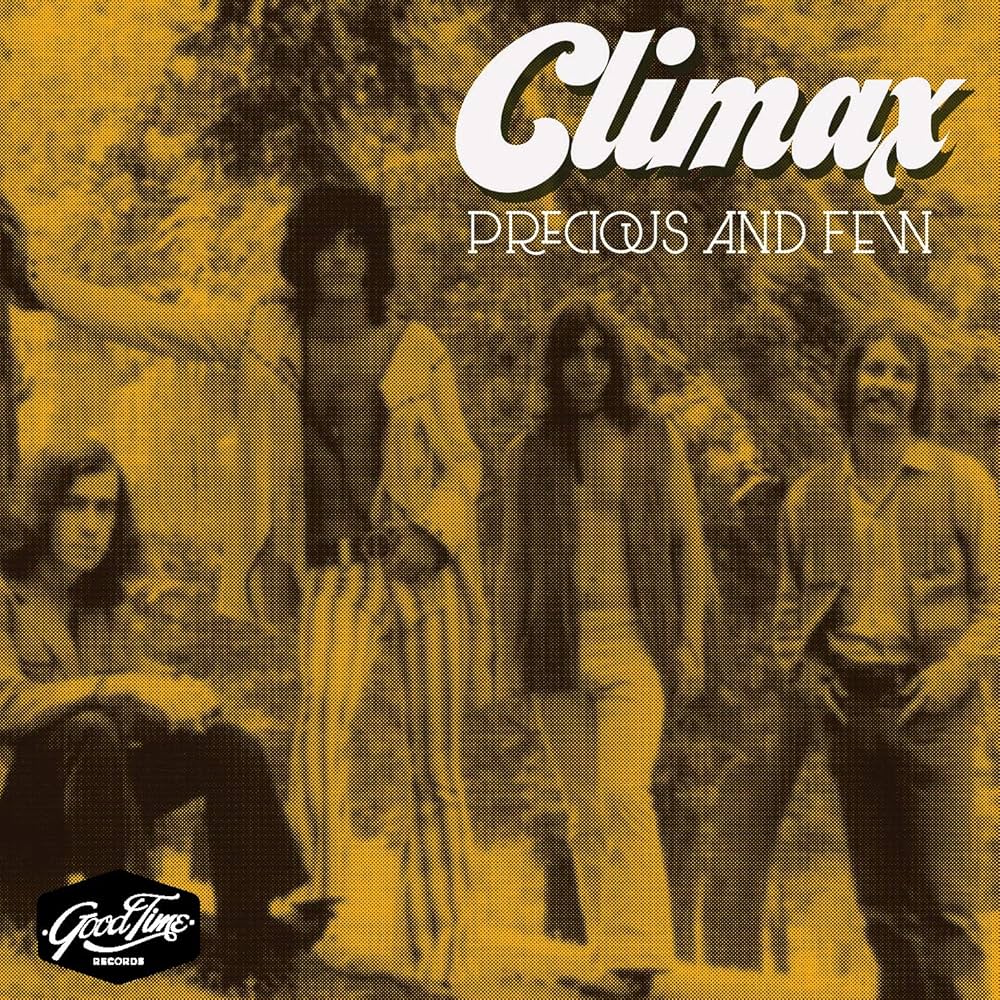
Before power ballads required wind machines and key changes that tested studio ceilings, Climax’s “Precious and Few” soared to number 3 in 1972. Led by Sonny Geraci, the group created a love song featuring orchestration lush enough to require its own irrigation system and heartfelt vocals that could melt the coldest hearts. The straightforward celebration of romance provided emotional authenticity often missing from increasingly complex productions, establishing itself as the soundtrack for slow dances, first kisses, and wedding receptions where at least one couple will tearfully reaffirm they are still in love. Despite the band’s brief commercial presence, Geraci’s passionate delivery ensured the song’s permanent residence in the soft rock pantheon, helping establish the template for power ballads that would eventually require their own lighter-waving etiquette.
14. Ride Captain Ride – Blues Image

Songs about maritime adventure rarely crack the Top 10, making Blues Image’s “Ride Captain Ride” a nautical anomaly when it peaked at number 4 in 1970. Beginning with the mysteriously specific “Seventy-three men sailed up from the San Francisco Bay”—a number allegedly based on their studio address rather than actual sailor census data—the track combined bluesy elements with jazz-influenced rock. The keyboard-driven melody conjured images more exotic than most listeners’ actual experiences of getting seasick on their uncle’s fishing boat. Although Blues Image disbanded shortly after this success, with guitarist Mike Pinera jumping ship to join Iron Butterfly, this voyage remains their legacy, its driving rhythm and cryptic lyrics about distant shores continuing to captivate listeners seeking musical escapism without the actual risks of scurvy.
13. Seasons in the Sun – Terry Jacks
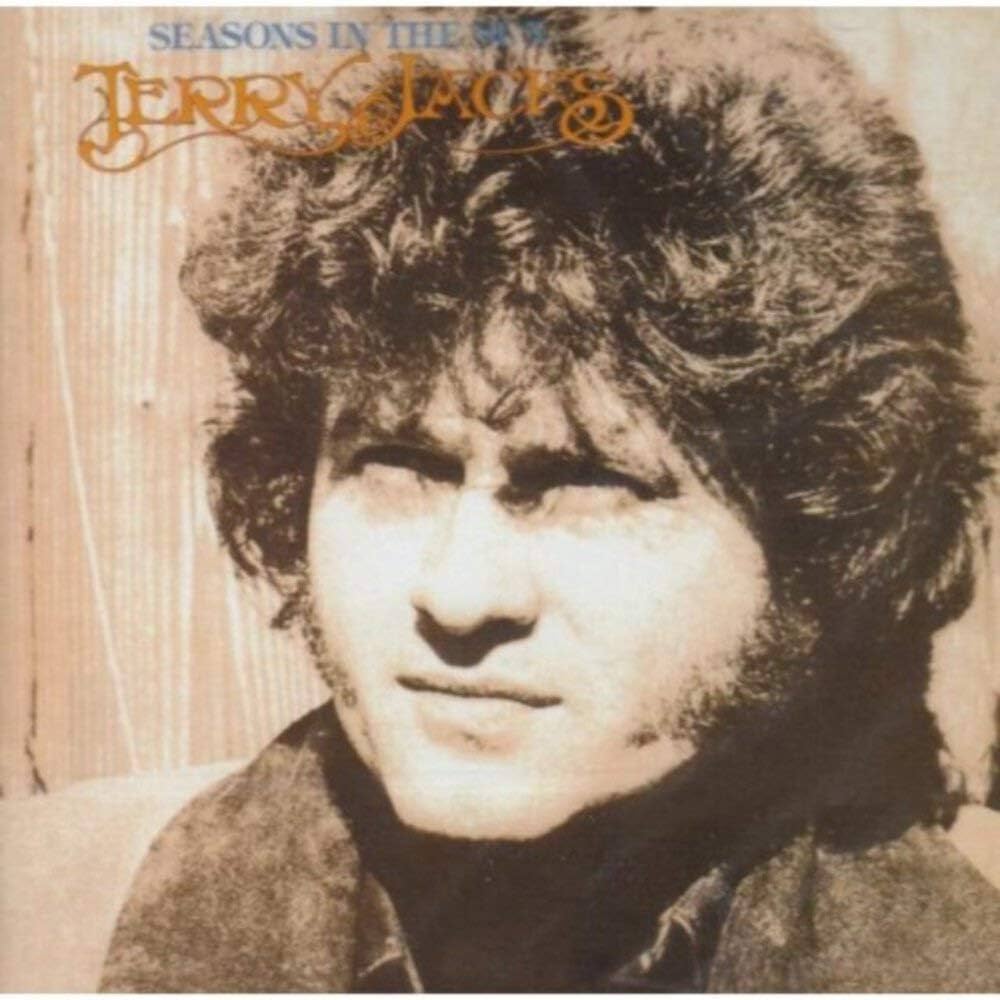
Nothing says “commercial gold” quite like adapting a French song about death into an English-language pop hit. Canadian singer-songwriter Terry Jacks proved this counterintuitive theory when his version of Jacques Brel’s “Le Moribond” topped charts in 1974, selling over 10 million copies worldwide. Jacks initially produced the song for The Beach Boys before recording it himself when they abandoned the project (apparently deciding songs about dying didn’t mesh with their surfing image). The track’s bittersweet melody provided a melancholic reflection that connected with listeners globally, proving humanity’s strange attraction to beautifully packaged sadness. Though Jacks continued his musical pursuits and environmental activism, this defining hit stands as perhaps the most hummable song ever written about saying goodbye forever—an achievement both impressive and slightly concerning.
12. Short People – Randy Newman
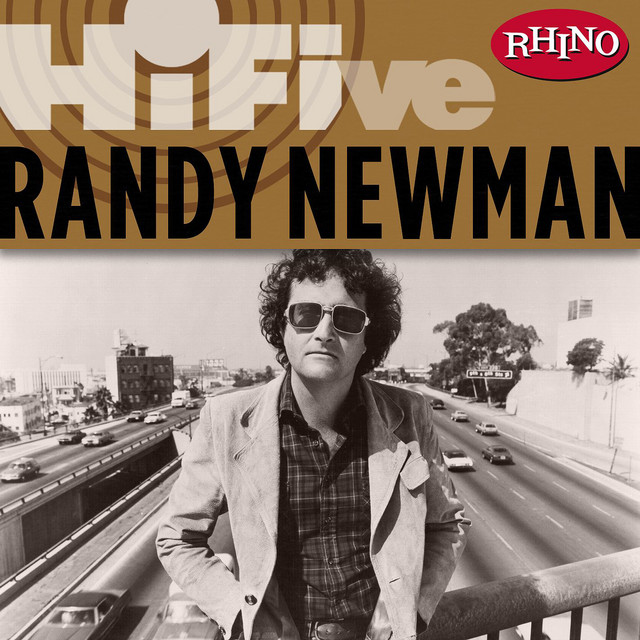
Creating a song so misunderstood it requires its own explanatory paragraph is a specialized art form mastered by Randy Newman, whose “Short People” reached number 2 in 1977. The satirical track declaring that “short people got no reason to live” aimed to mock prejudice but instead created confusion among literal-minded listeners who apparently believed Newman was launching a bizarre campaign against the vertically challenged. His trademark irony established him as either a brilliant social commentator or public enemy number one among those under 5’6″. While his solo recording career produced relatively few hits, Newman found his true calling composing for films, winning multiple Academy Awards and creating emotional damage for an entire generation through his Pixar songs. This controversial hit showcases his gift for provocative songwriting that demands listeners engage their brains—a risky commercial strategy that somehow paid off.
11. Somebody’s Been Sleeping – 100 Proof Aged in Soul
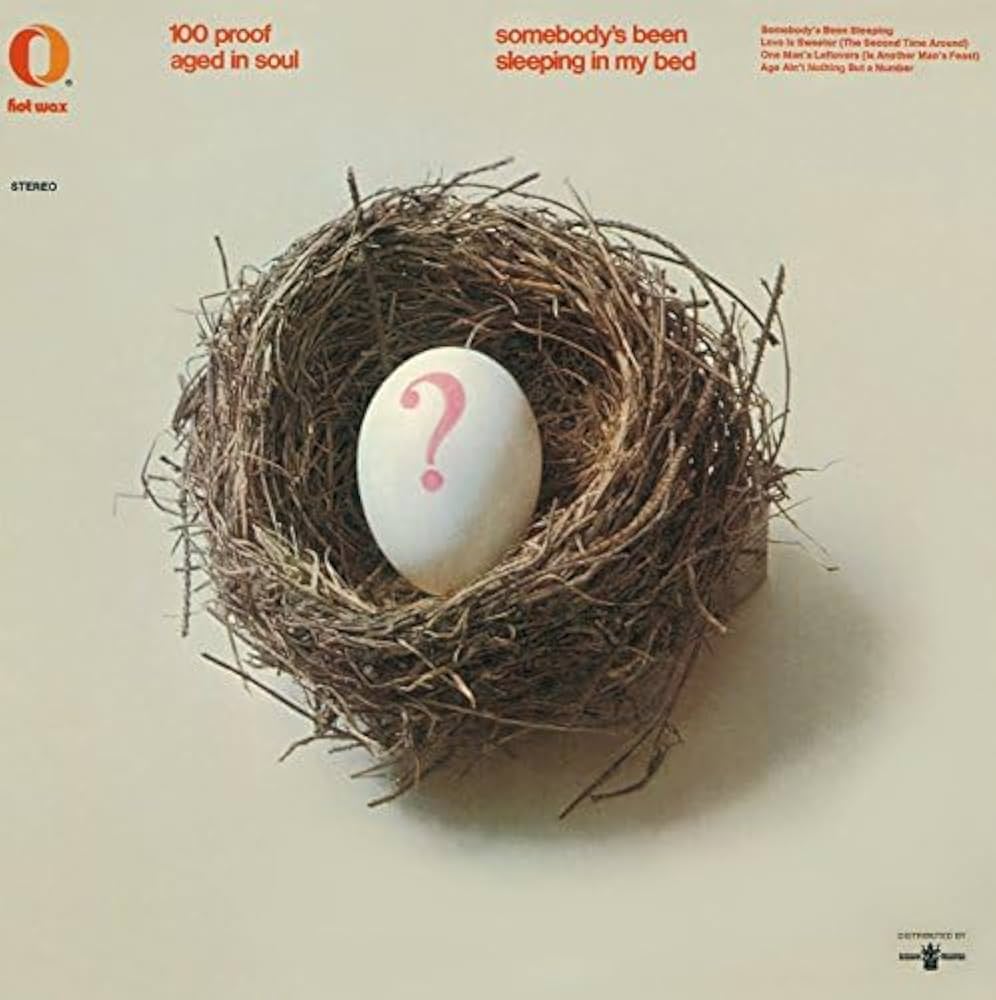
Before fairy tale adaptations went dark on streaming platforms, 100 Proof Aged in Soul reimagined Goldilocks with distinctly adult themes. Their “Somebody’s Been Sleeping” climbed to number 8 in 1970, bringing infidelity narrative to children’s literature in ways that would make Disney executives reach for smelling salts. The Detroit group, assembled by Holland-Dozier-Holland after leaving Motown, created this funk-infused cautionary tale complete with growling vocals that showcased soul music’s storytelling power. Though the group recorded additional material, none achieved the commercial success of this memorable track, which remains a testament to how traditional stories can be repurposed to address adult relationships more complicated than finding the right porridge temperature.
10. Spirit in the Sky – Norman Greenbaum
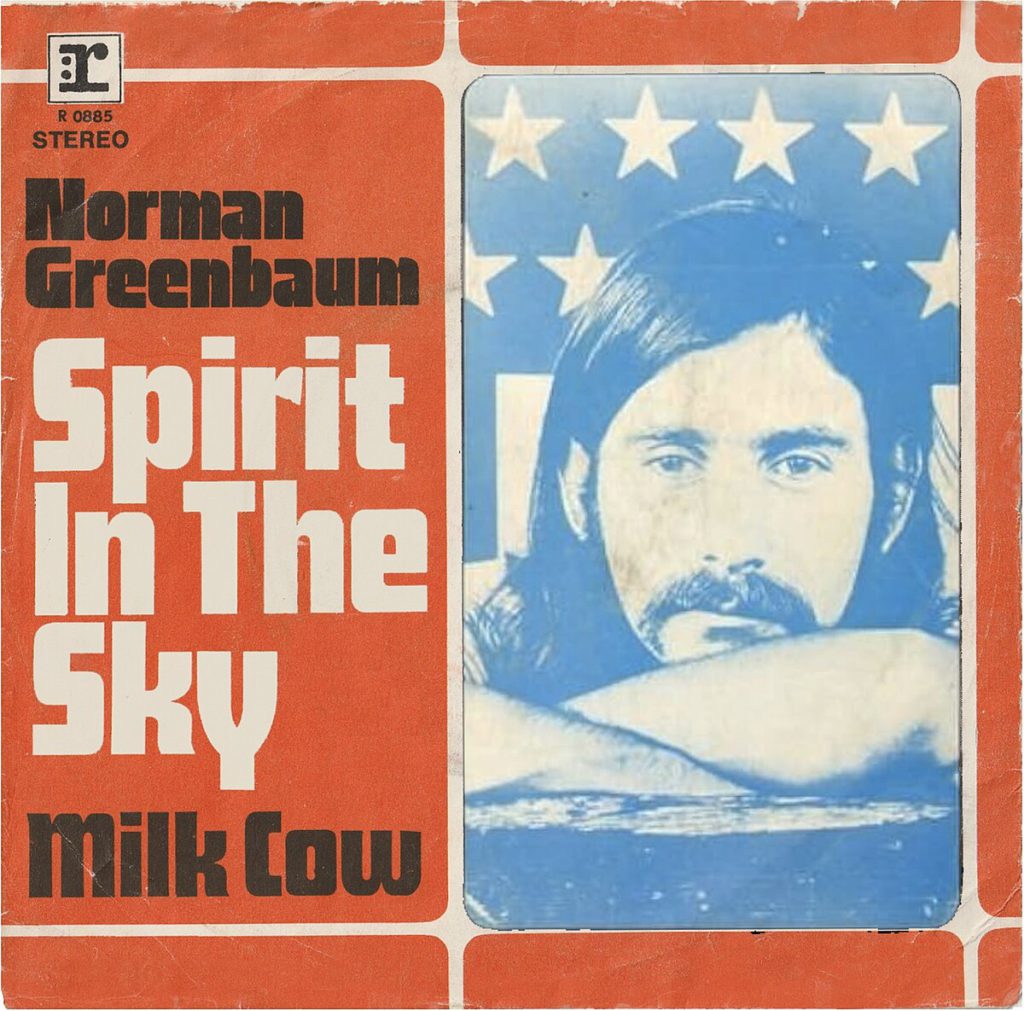
Creating a Christian-themed rock song might seem like an unlikely path for a Jewish songwriter, but Norman Greenbaum’s “Spirit in the Sky” proved that spiritual crossover appeal is real when it reached number 3 in 1970. The track’s distinctive fuzzed-out guitar sound—achieved by running his signal through multiple distortion pedals—created a psychedelic gospel experience that religious leaders didn’t quite know how to categorize. The spiritual lyrics and handclaps created a unique fusion that appealed to the counterculture while addressing religious themes without sounding preachy. Featured in over 30 major films and countless commercials, the song gains new audiences with each licensing deal. Though Greenbaum’s recording career quieted after this massive success, this single secured his place in rock history, demonstrating how authentic expression can transcend both genre boundaries and theological differences.
9. Sunshine – Jonathan Edwards

Few protest songs disguise themselves as cheerful acoustic numbers, but Jonathan Edwards’ “Sunshine” mastered this deception when it reached number 4 in 1971. Its upbeat melody masked lyrics expressing political frustration—the musical equivalent of smiling politely while plotting revolution. The chorus of “sunshine, go away today” resonated with a generation questioning authority, packaging rebellion in a folk-rock arrangement that wouldn’t scare parents or radio programmers. Edwards continued a respected career in folk music circles, but “Sunshine” remains his signature commercial achievement, proving that sometimes the most effective protest doesn’t announce itself with bullhorns but sneaks in through catchy melodies that create the perfect soundtrack for passive-aggressive resistance.
8. Sweet Mary – Wadsworth Mansion
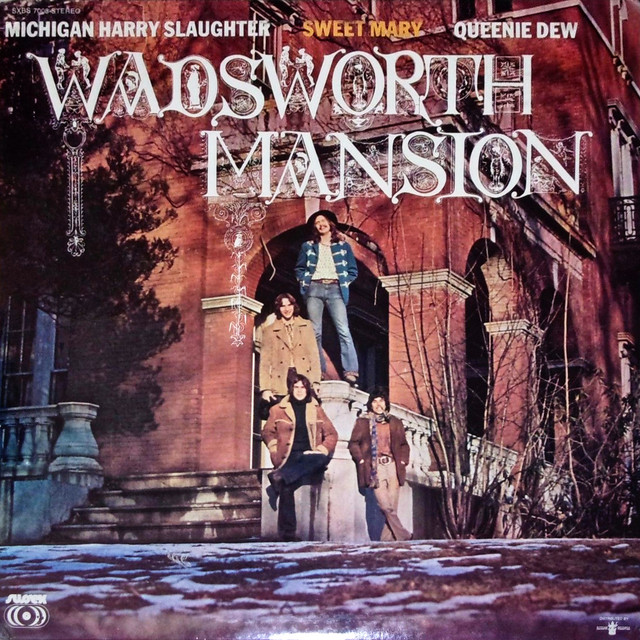
Before band names reflected existential dread, Connecticut group Wadsworth Mansion simply named themselves after a historic landmark—refreshingly straightforward branding that extended to their hit “Sweet Mary,” which reached number 7 in 1971. The band created a spirited rock track with distinctive horn arrangements that showed the influence of brass-heavy contemporaries like Chicago and Blood, Sweat & Tears, but with significantly less typing required on album covers. The song’s bright energy provided accessible radio fare when much of rock was diving into proggy complexity or singer-songwriter introspection. Although their success proved shorter-lived than the actual mansion they named themselves after, “Sweet Mary” remains a staple on classic hits stations, the tune’s upbeat rhythm continuing to appeal to listeners who prefer their rock without pretentious concept albums or 20-minute drum solos.
7. The Night Chicago Died – Paper Lace
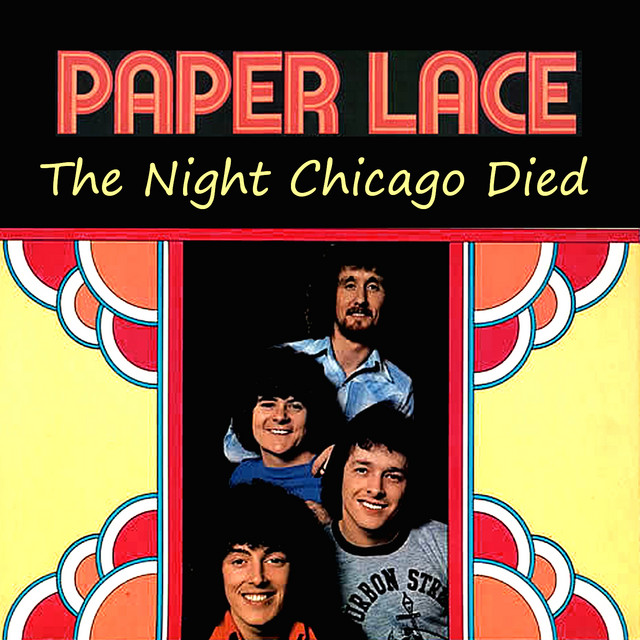
Creating historically inaccurate gangster narratives proved surprisingly lucrative for British band Paper Lace, whose “The Night Chicago Died” shot to number 1 in 1974 despite geographical errors that would make any Chicagoan spill their deep-dish pizza. The Nottingham band crafted this dramatic tale about a fictional East Side gun battle between Al Capone’s gang and the Chicago police—apparently unaware that Chicago’s East Side borders Lake Michigan, making gangster confrontations there awkwardly aquatic. In a twist worthy of their fictional narrative, the band watched as Bo Donaldson and the Heywoods recorded their other song “Billy, Don’t Be a Hero” before they could release it in America—essentially being beaten to the punch by their own material. Nevertheless, this imaginative reimagining of Prohibition-era Chicago continues evoking vivid images of gangster drama, proving that sometimes historical accuracy is less important than a memorable hook.
6. The Rapper – The Jaggerz
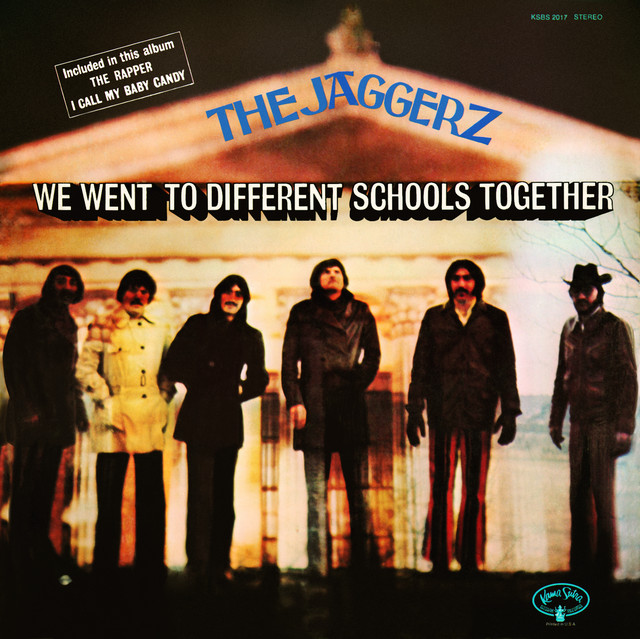
Long before “rapper” meant someone dropping beats and rhymes, The Jaggerz warned about smooth-talking players in their hit “The Rapper,” which reached number 2 in 1970. The Pittsburgh-based band, featuring future guitar virtuoso Donnie Iris, created this cautionary tale about men who seduce and abandon women, essentially predicting dating app culture decades before technology caught up with human behavior. The funky bass line and tight harmonies established a pop-rock sound that resonated with listeners who’d encountered their share of silver-tongued charmers. Though the band never again reached such commercial heights, their regional popularity continued for years, particularly in Pittsburgh. The Jaggerz created a timeless message about deceptive romance that maintains its relevance in every era, proving that while technology evolves, human relationships remain stubbornly consistent—including our tendency to fall for smooth talkers despite all warnings.
5. Tighter, Tighter – Alive N Kickin’
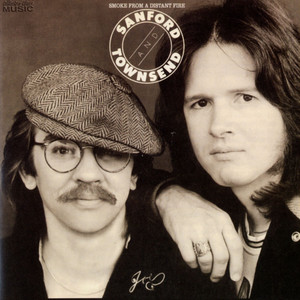
Creating the perfect love song requires a delicate balance that Brooklyn-based Alive N Kickin’ somehow mastered when “Tighter, Tighter” reached number 7 in 1970. Written and produced by Tommy James (the mastermind behind “Crimson and Clover”), the track featured dual male-female vocals that created a conversational intimacy often missing from more dramatic love songs. The building intensity embodied the emotion suggested by its title, creating three minutes of pop perfection that could make even cynical listeners briefly believe in true love (or at least in good production). Though the band continued performing for years, particularly around New York, they never produced another major hit. This anthem stands as their contribution to the pop landscape, proving that sometimes capturing one perfect musical moment is achievement enough.
4. Venus – Shocking Blue
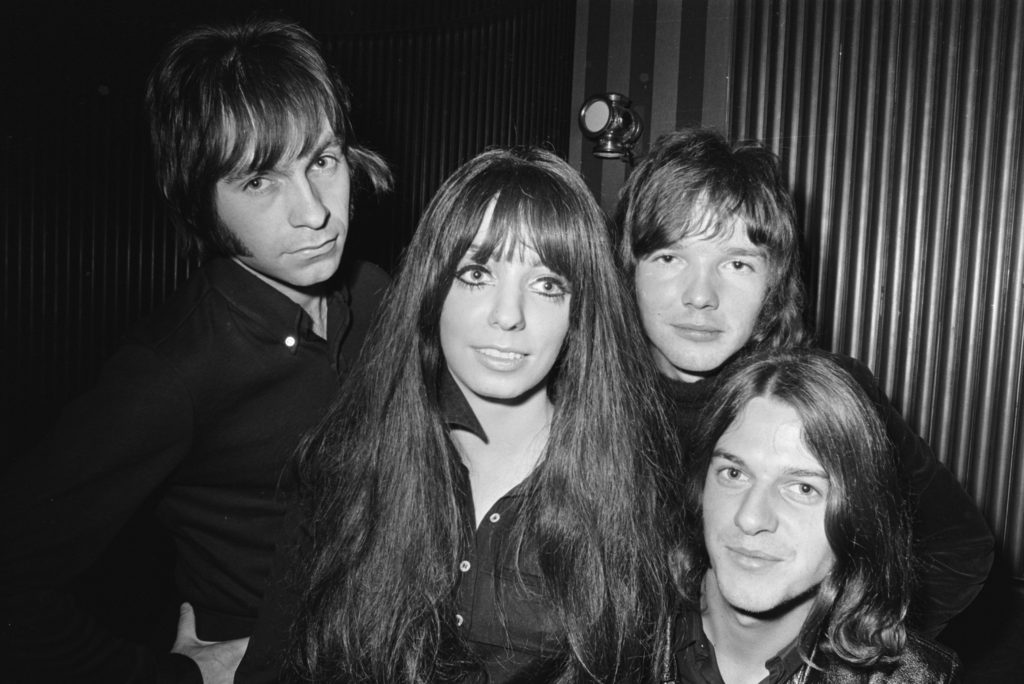
Those instantly recognizable opening chords launched a thousand cover versions when Shocking Blue’s “Venus” reached number 1 in 1970. The Dutch band, fronted by the charismatic Mariska Veres, created a psychedelic pop song with mythology-inspired lyrics that became one of the few non-English-language band hits to top American charts—proving that catchy hooks translate in any language. Though they continued their success in Europe with songs like “Never Marry a Railroad Man” (solid life advice regardless of your romantic preferences), this remained their only American hit. The song found new life when covered by Bananarama in 1986, introducing it to a generation who thought leg warmers were a good idea. The original’s distinctive sound continues influencing artists and has been sampled in various dance tracks, demonstrating its enduring appeal and proving that goddess-themed love songs never really go out of style.
3. Welcome Back – John Sebastian
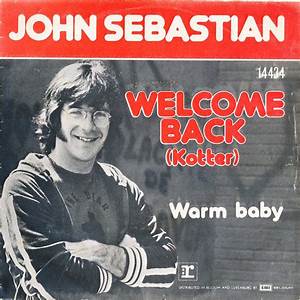
Television theme songs rarely escape their small-screen origins, but John Sebastian’s “Welcome Back” defied expectations by reaching number 1 in 1976. The former Lovin’ Spoonful frontman initially titled the song simply “Welcome Back” before adding “Kotter” after producers chose it for their show—proving that sometimes creative decisions are made with all the strategic planning of a last-minute grocery store run. The gentle folk-rock arrangement and lyrics about returning home resonated beyond the show’s audience, becoming a universal expression of homecoming. Though Sebastian had achieved earlier success with The Lovin’ Spoonful, this solo effort became his most recognized work outside the band, demonstrating how the right combination of melody and sentiment can transcend its original purpose to become something unexpectedly meaningful.
2. Why Can’t We Live Together – Timmy Thomas
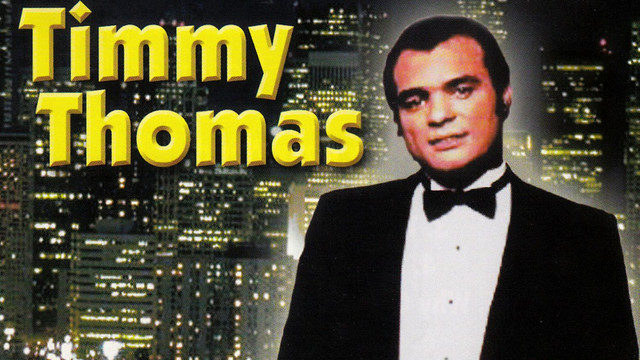
Few songs achieve the raw simplicity and impact of Timmy Thomas’ “Why Can’t We Live Together,” which peaked at number 3 in 1973. Recorded with just vocals, an organ, and a primitive rhythm machine, the minimalist production emphasized the urgent plea for racial harmony. Thomas’s soulful delivery created a powerful statement during a time of continued social division. The track gained renewed attention when sampled for Drake’s 2015 hit “Hotline Bling,” introducing it to a new generation. Thomas’s message of unity continues to resonate, particularly during periods of social unrest, its fundamental question remaining as relevant today as when it first climbed the charts nearly five decades ago.
1. Beautiful People – The New Seekers
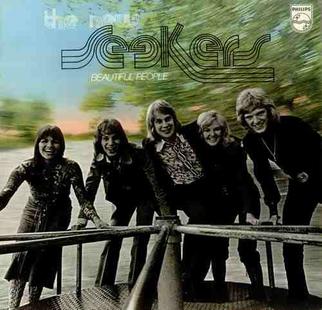
Songs that spark feelings of global unity made lasting impressions, as The New Seekers demonstrated when “Beautiful People” peaked at number 11 in 1971. The British vocal group created this vibrant anthem celebrating harmony and diversity a year before their bigger hit “I’d Like to Teach the World to Sing.” The uplifting lyrics and blended harmonies reflected the idealism many still carried from the previous decade. Though they enjoyed several other chart successes, particularly in the UK, this track remains a testament to their musical optimism. The song’s vision of a world where people live together in peace continues to inspire listeners who share its hopeful outlook, serving as a musical time capsule of an era that dared to imagine a more unified global community.




